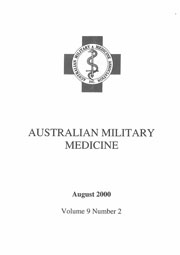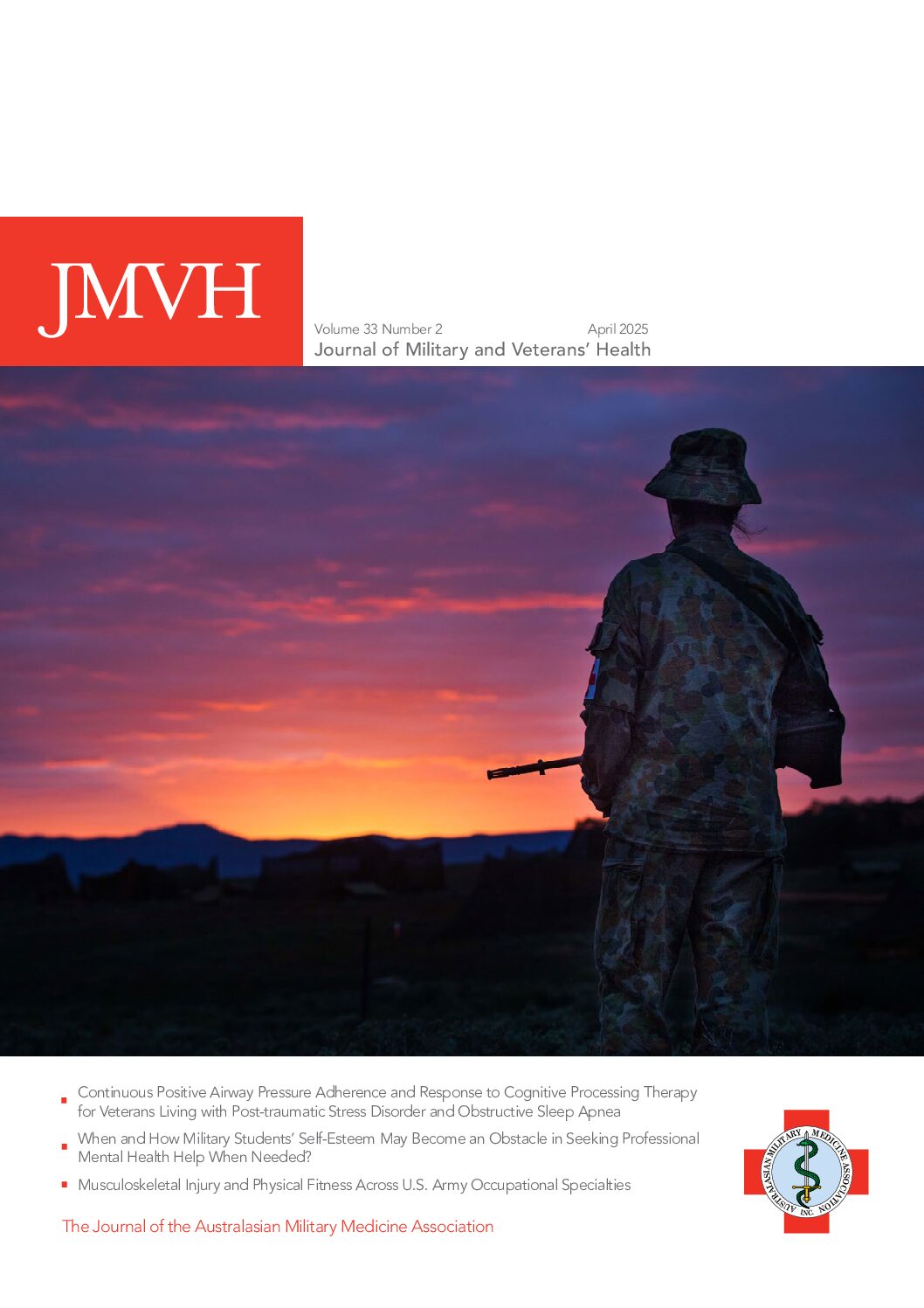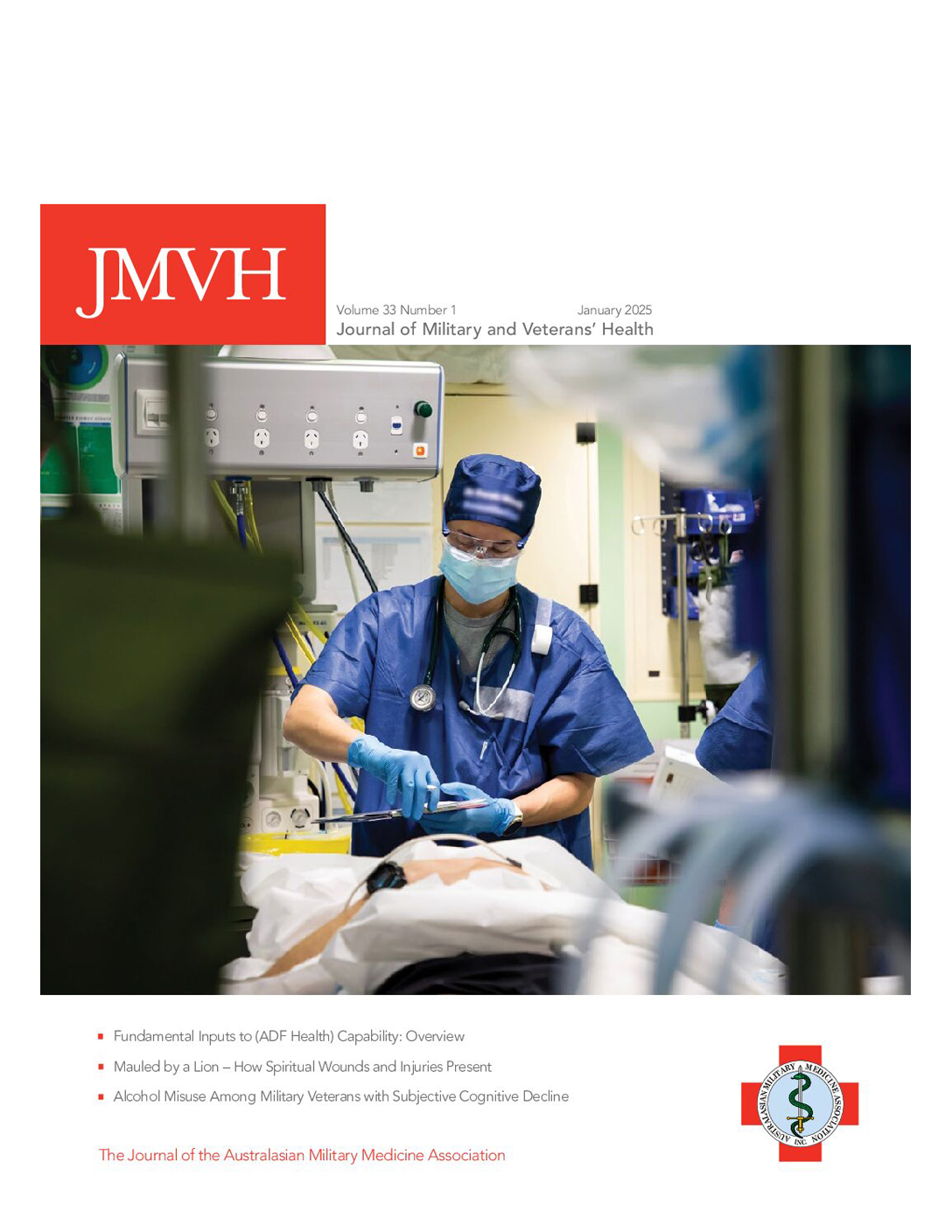Abstract from the Literature
Alexander GA. Ecoterrorism and nontraditional military threats. Mil Med 2000; 165(1): 1-5. The menace facing US service personnel from ecoterrorism and other nontraditional threats may increase as military deployments in war and peace increase, the availability of devastating biological, chemical and radioactive agents increases, and adversaries or terrorist groups become more inclined to use them…. Read more »




 Download the whole edition here.
Download the whole edition here.


